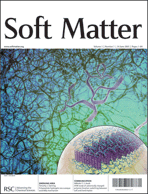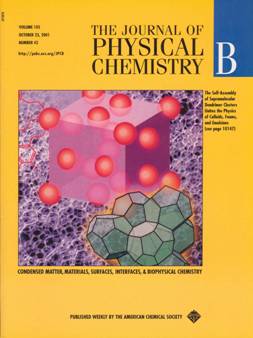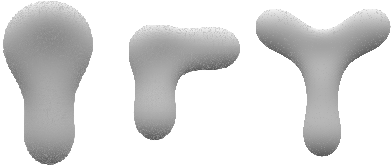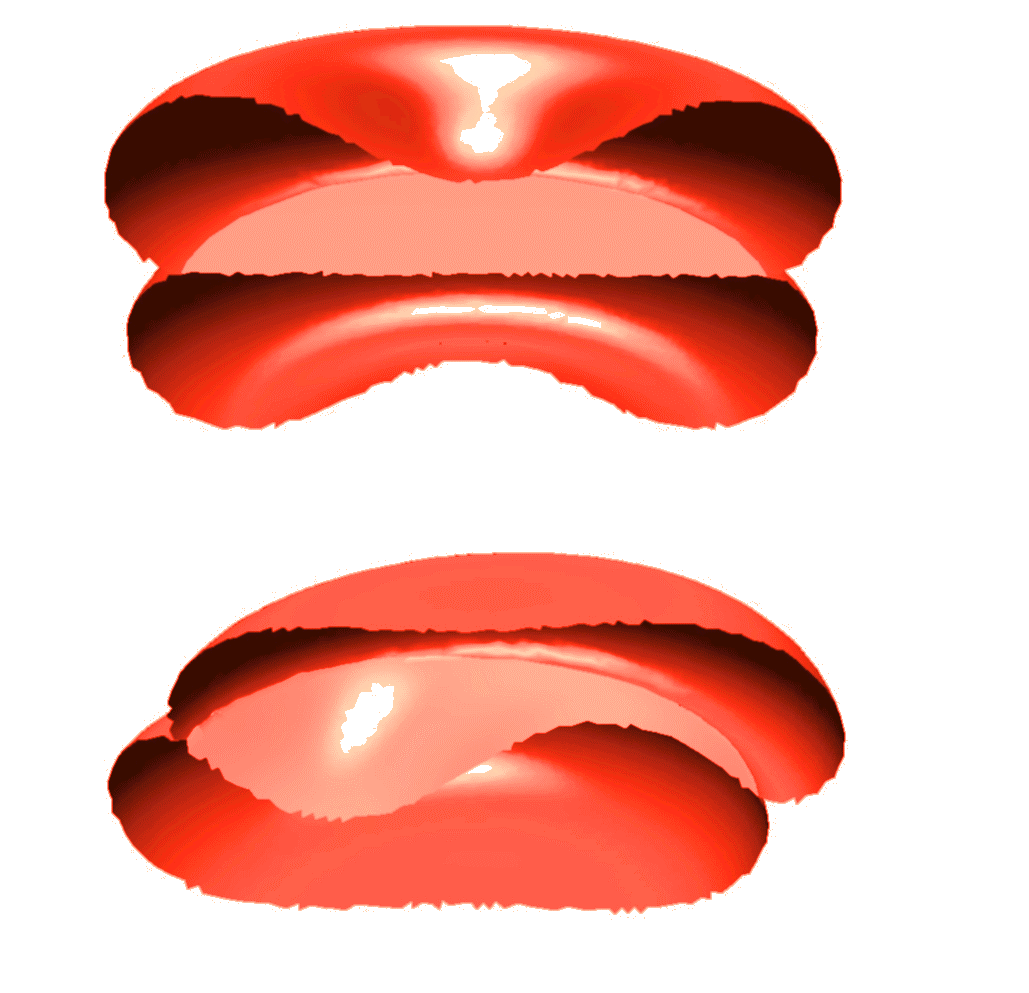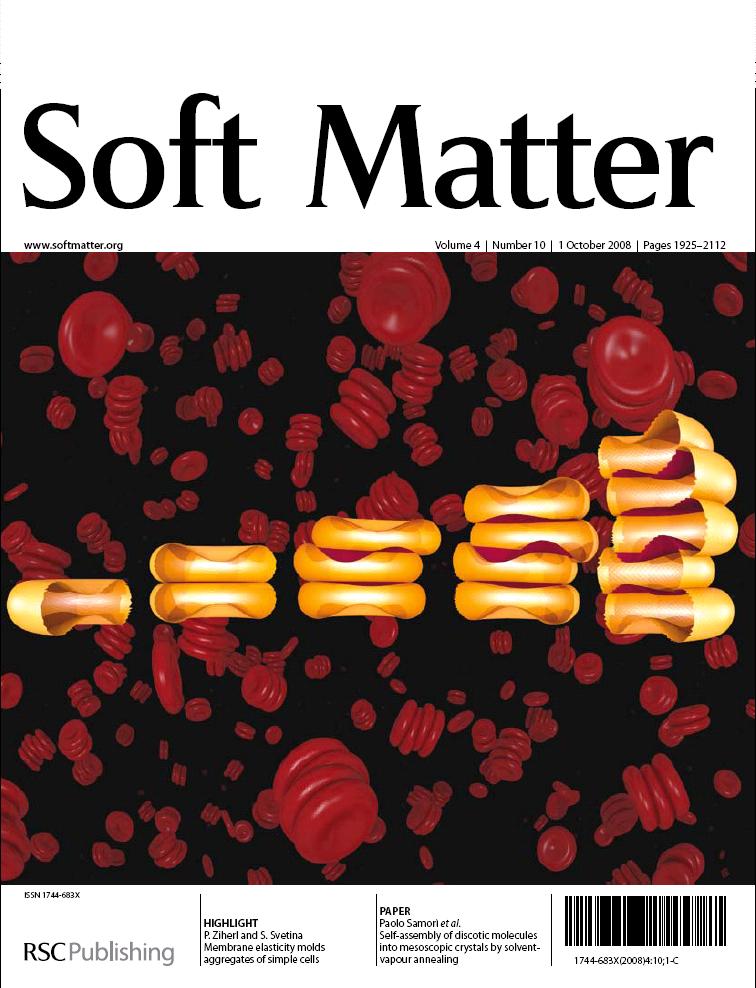Soft matter is also important from a purely theoretical perspective: Given that in many systems, interactions between constituents can be tuned to a large extent and the dimensionality can be often easily reduced from 3 to 2 and 1 spatial dimension, it is an excellent testbed for statistical-mechanical and field-theoretical models.
In the past decade, soft matter systems became increasingly more attractive for a broad range of applications. This is partly due to ever more sophisticated control of their self-assembly, which can produce sizable amounts of engineered materials with desired mechanical, thermodynamical, electrical, and optical properties. The other reason that makes soft matter more and more appealing is the advent of nanotechnology as the umbrella name for all the different tools for experimental analysis, manipulation, and assembly of nanoscale objects, many of which belong to a class of materials listed above
Liquid crystals
Liquid crystals are no exception to the above, and a considerable part of my work was and still is focused on liquid crystals; more specifically, on liquid crystals in confined geometries. The theoretical approach that I use is based on a mesoscopic description the liquid-crystalline order and a corresponding phenomenological thermodynamic or elastic theory. Topics I have studied were mainly limited to nematics, the simplest type of liquid crystals.
Much of my work in this field has to do with fluctuations of the various types of liquid-crystalline order, especially at structural and phase transitions where the analysis of soft modes can be used to examine the stability of the system in question. Also interesting are fluctuations in the various wetting geometries where the soft mode is spatially localized and corresponds to the fluctuations of the interface between the wetting layer and the bulk phase.
Another related effect is the fluctuation-induced (aka Casimir) force; a very intriguing phenomenon, partly due to its universality. But in real liquid-crystalline systems, the universal behavior of the force may not be apparent due to finite anchoring strength, and it is worth studying in its own right. Experimentally, this force is probably most obvious in very thin nematic films which are frustrated by the competing aligning effects of the substrate and the free surface. As a result, the structural interaction can destabilize the film and lead to very interesting dewetting morphologies, and we have shown that the interaction in question could be due to fluctuations. The story does not seem to be quite closed though.
Colloids
Physics of colloids can be enormously complex, but also very simple. The most stripped-down way of looking at colloidal particles is to think of them as of a system of noninteracting hard spheres. Then they should form a liquid phase at low densities and an FCC crystal at large densities. Now the question is what would be the symmetry of a colloidal crystal formed by particles that are just a little different from hard spheres? This is not just an academic question: Work along these lines may be useful for the fabrication of 3D photonic crystals by colloidal self-assembly. The crystal lattice best suited for photonic applications is the notoriously open diamond lattice...
|
